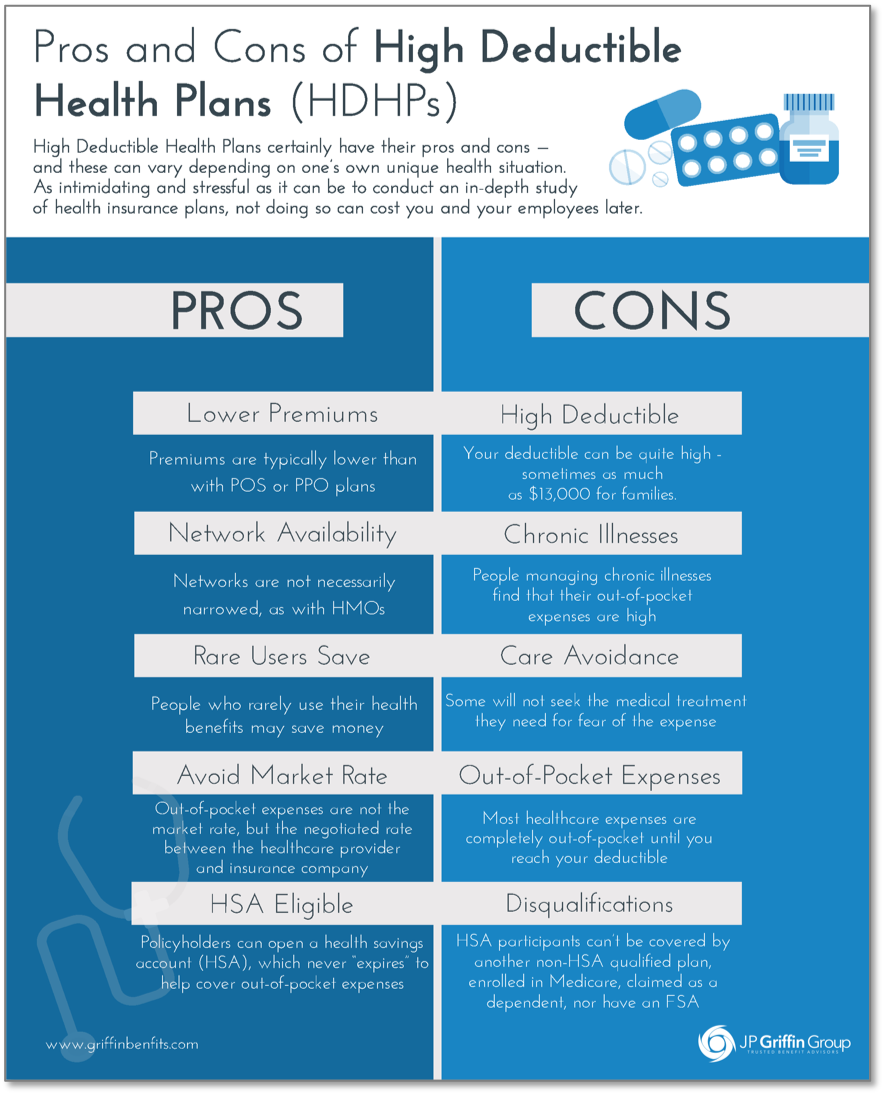
Hence agile teams usually get involved in the elaboration of planning at three distinct horizons ( if you cannot see past the horizon, you need to look up and adjust your plan ) - daily, iteration (sprint), and release. Introduction In his book “Agile Estimating and Planning, ” Mike Cohn stresses that the accuracy of a plan decreases rapidly the further we attempt to plan beyond what we can see. This article provides the tools to enable medium-sized practicing agile teams and their product owner(s) to steer their product portfolio in the right direction. Without appropriate product management that integrates continuous feedback loops, agile teams might end up delivering the wrong products faster. This report reinforces the necessity of embracing agile product management principles as being central to successful agile projects and teams. We adopted highly collaborative, feedback dependent, iterative and time-boxed activities geared to developing and maintaining a rapidly evolving product roadmap. This article outlines a modest agile-enabled framework adopted by the product wing of the digital division of a publishing house to charter their product roadmap and simultaneously enable their project team with the “big picture”. More often than not, most Agile project teams look forward to directing collaboration with the strategy makers for quick and effective decision making over reporting extensive metrics for each and every project/program the reality is that only a few product/portfolio managers are actually capable of making that shift to accommodate this drift. This dual challenge is testing the bandwidth of current practitioners of the Product Management discipline.

Given that strategic objectives are frequently set at an executive level, Agile product/portfolio managers struggle to address the dual requirements of defining a product roadmap aligned to those strategic objectives while simultaneously addressing the constraints of resources and budgets consumed at the release and sprint levels. Thus, you have to refresh it manually from time to time.A change in mindset and technique is needed. Is a number of cards increasing or decreasing over time?Īt the moment the Time navigator doesn’t support automatic updates.How many cards of different types are there?.How many cards are on a roadmap at different periods of time?.It allows to get answers to the following questions: Colours on a picture above indicate types of entities (Bugs and User Stories for example).

Roadmap planner paid model update#
The size of the box will adjust, and the details area of the roadmap will update accordingly to show a shorter/longer timeframe.īesides navigation, the Time Navigator shows the density of entities, that are available on a roadmap. To change the scale of the displayed time frame, you need to grab the left or the right edge of the highlighted box and move it to the left or to the right.

moving the box to the left means going back in time.To move back or forth in time (while keeping the current length of the displayed time frame), you have to drag and drop the whole box, by clicking anywhere inside the box and moving it to the left or right:


 0 kommentar(er)
0 kommentar(er)
